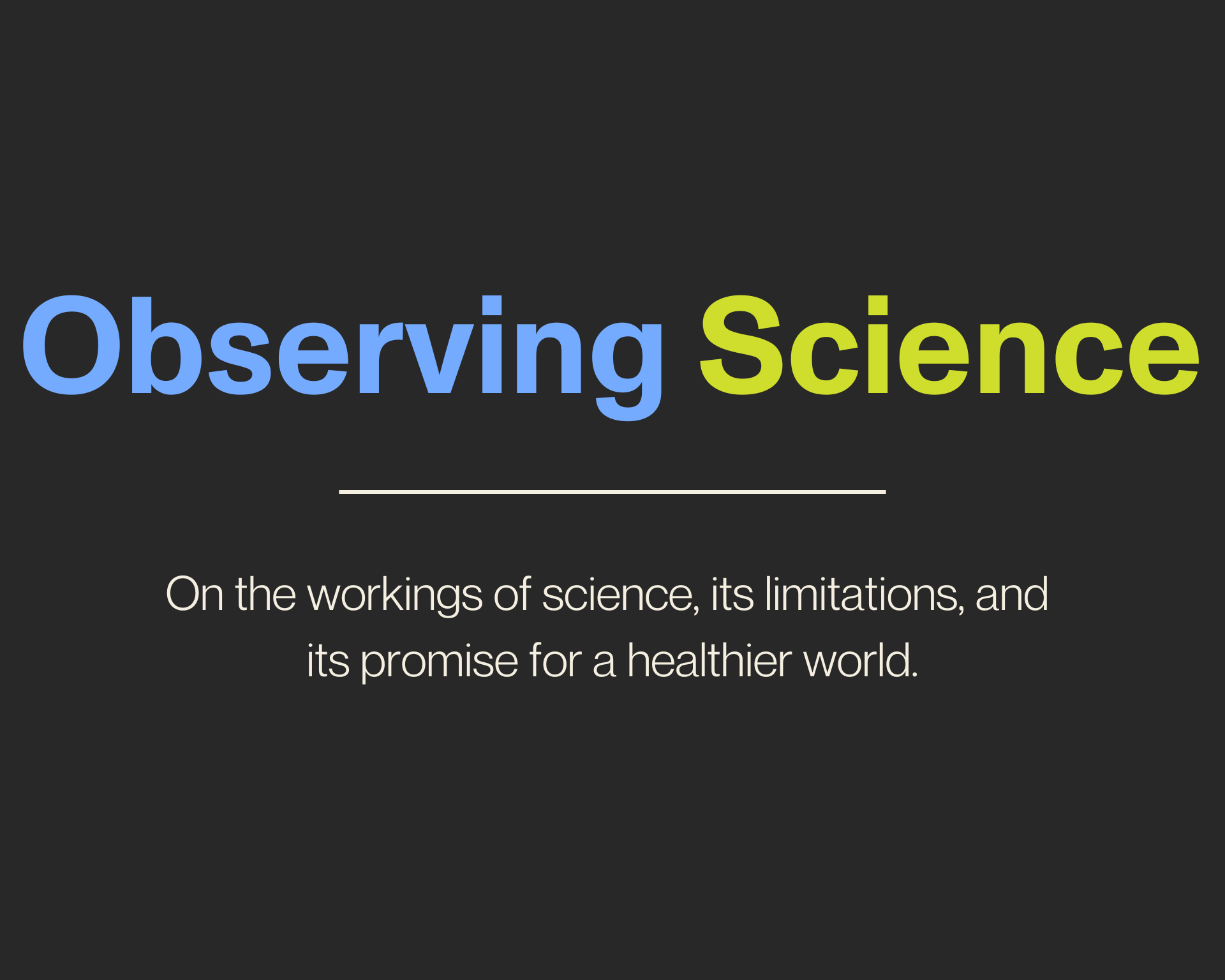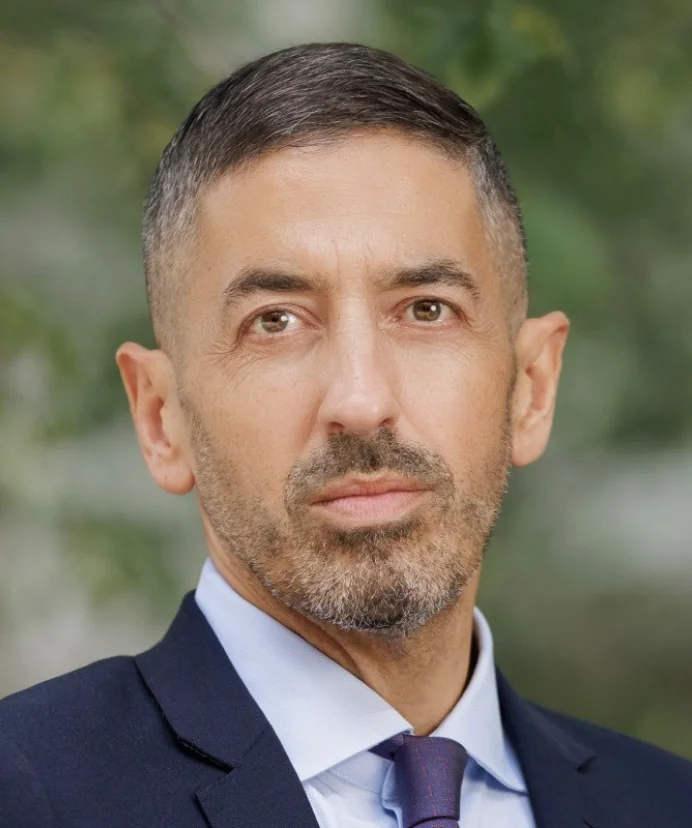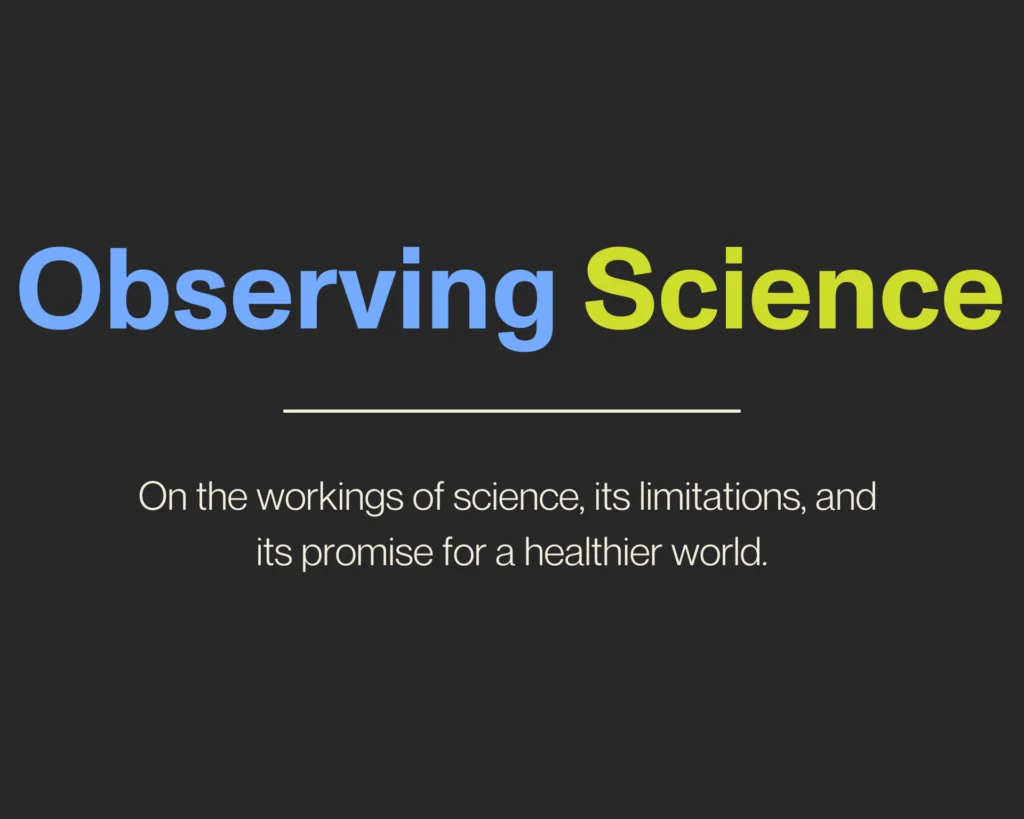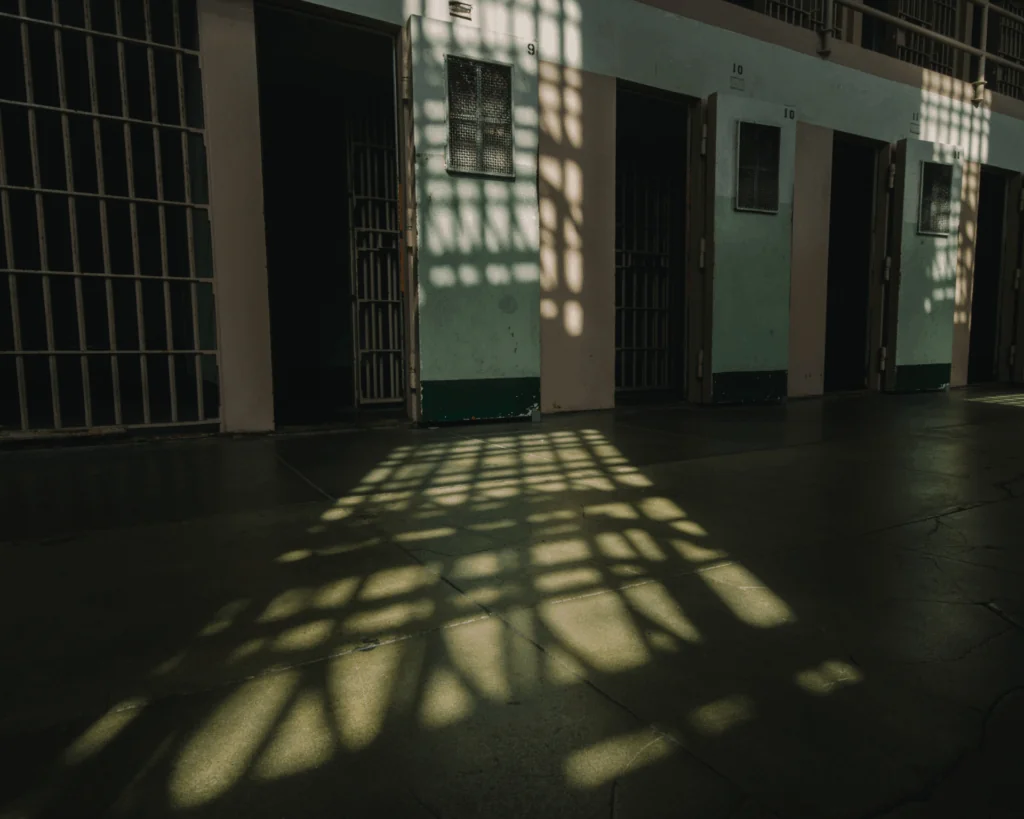The Pump Handle
On passing down knowledge from one generation to the next and the ongoing challenge of shifting ideas in science.

Read Time: 5 minutes
Published:
Accumulated knowledge can be passed from one generation to the next. And so it is possible to pass on mistaken ideas, even ones that are harmful.
It’s worth retelling the story of the Broad Street epidemic of 1854 London to remind ourselves how difficult it is to change scientific dogma. Cholera, “whatever it was, or wherever it had come from,” as Steven Johnson described in The Ghost Map, arrived with a shattering velocity around Broad Street. Entire families died in a single night, hundreds of residents living in a five-block London neighborhood died over a few days. This outbreak attracted medical detectives because it followed a severe and more widespread cholera outbreak six years earlier that had killed 50,000 Londoners and made this problem a pressing medical mystery.
There were two scientific camps—the Miasmatists and the Contagionists—that each had an explanation of how cholera passed between people. The Miasmatists were dominant, led by the era’s prestigious men of science with their ideas of some unsanitary agent that circulated in the inner-city air. Cholera, they believed, came from a poisoned atmosphere, not personal contact. In addition, the idea of poisoned air had a long history. It dated back to Hippocrates and third century B.C. Greece. Every epidemic for centuries had been attributed to miasma. Miasma, invisible and toxic and everywhere in the vicinity of an outbreak, produced great fear. This idea was so dominant that fewer than five percent of physicians at the time believed the disease was primarily contagious, and even the Contagionists had no notion of contaminated water as the means of transmission.
John Snow recognized that Miasmatic theory had a hard time explaining one particular, observed fact: How could certain rooms be taken over by the noxious vapors of miasma killing its inhabitants, but adjacent rooms not? After studying the sequence of events in London that year, he came up with a solution that he made public in early 1849. Cholera was an as-yet-unidentified agent that victims ingested, likely through drinking water, he hypothesized. He tested his waterborne theory in a small local outbreak in late 1849, demonstrating a correlation between water supply and diarrheal death.
That it takes such effort to change norms shows how hard it is to shift ideas in science.
When the 1854 outbreak occurred around Broad Street, Snow had a clear scenario to again test his theory of a central contaminated water source. Still, the Broad Street water was clear to the eye while nearby water pumps produced murky water, immediately leading to new questions; the microscopic examination of water samples did not help Snow’s theory. So Snow began tracing the broad patterns of disease over his urban, densely populated neighborhood, studied the social behavior of its residents, and added the technique of population statistics: it was the beginning of epidemiology.
And yet, Snow’s contemporaries remained unconvinced of his waterborne theory. Snow’s monographs activated old and new doubters who held tight to Miasmatism, dismissing the waterborne theory in the national Cholera Commission report on Broad Street the following year. The national board of health began an investigation that again detailed the smells of the city—the waterborne theory was barely commented on—and issued instructions devoted to miasma. It would take years for the narrative of waterborne cholera to be accepted and for British public authorities to make informed interventions into cholera outbreaks based on a scientifically sound theory of the disease.
Snow succeeded in many ways, against all odds. Snow lived in the neighborhood, knew the residents and neighborhood workings, and had no moral stake in explaining that the poor have defective constitutions and were prone to miasma-related illness. Snow built his argument, drawing maps, interviewing grieving residents, surveying neighborhood cases, noticing, connecting. He was socially conscious as well as numerically rigorous, and he was fearless, spending hours with dying people as the neighborhood emptied. He developed a convincing statistical case against the Broad Street pump and established causal chains back to the pump water. Yet, even forty years later, thousands died in Hamburg, Germany (this was a decade after German microbiologist Robert Koch had identified the cholera bacterium) when Hamburg’s leaders still claimed cholera was spread by miasma.
That it takes such effort to change norms shows how hard it is to shift ideas in science. We try to learn from each other. Instead of necessarily trusting that what is passed from the past is true, science sometimes involves rechecking by new direct experience. One lesson of Broad Street remains clear: Ideas accumulate slowly, and these accumulations come with all types of prejudice and odd beliefs. Any change in beliefs is slow as well. Even when a way of avoiding disease gets discovered, we wait for the world to catch on.
Previously in Observing Science: Generating Science That Informs Decision-Making




